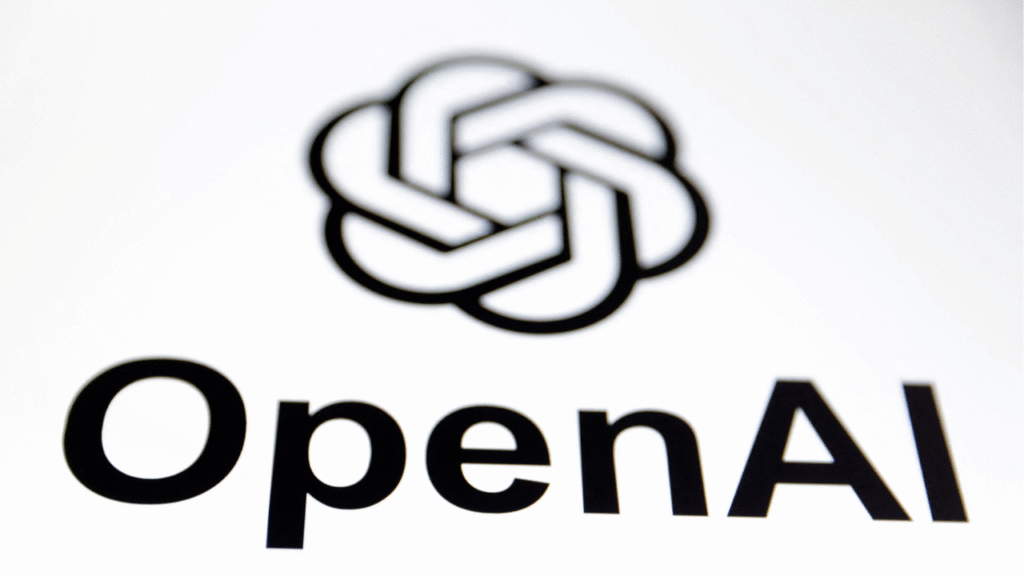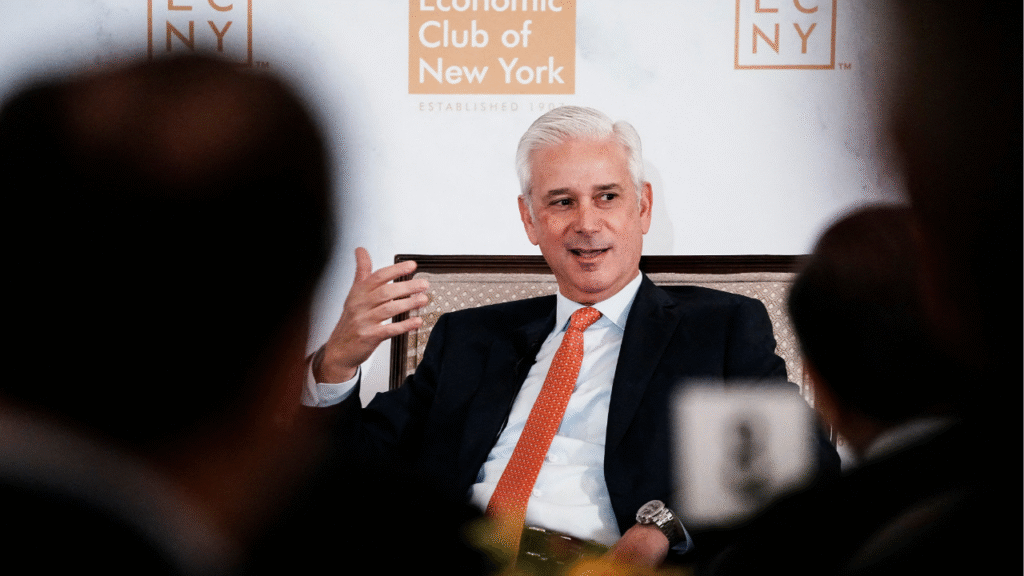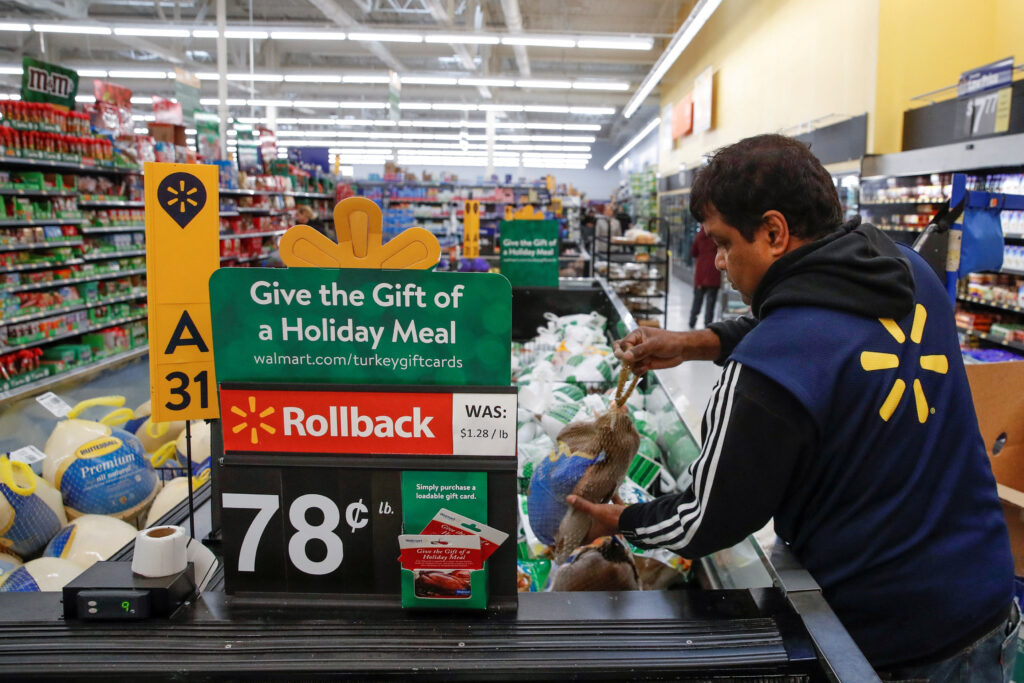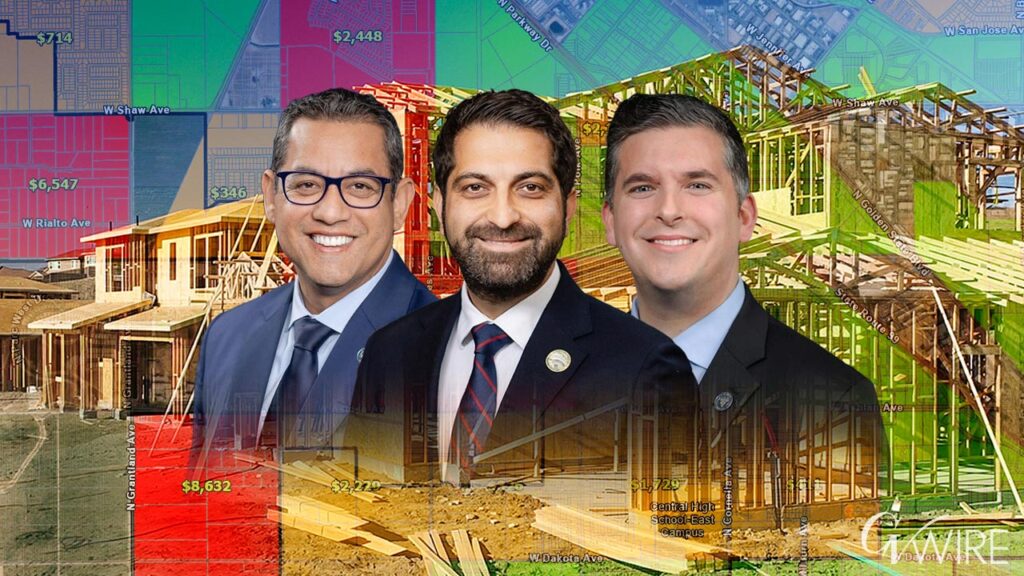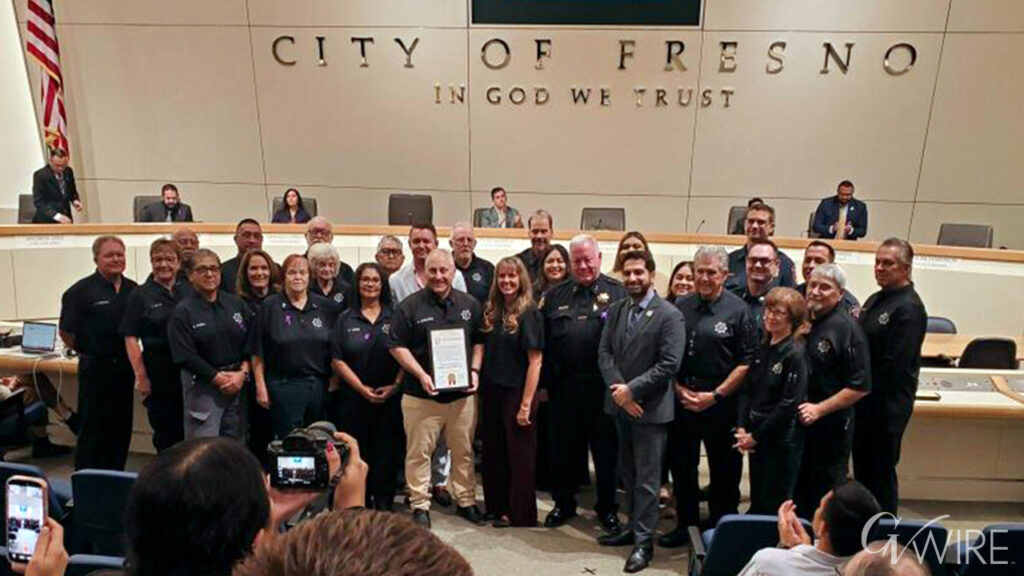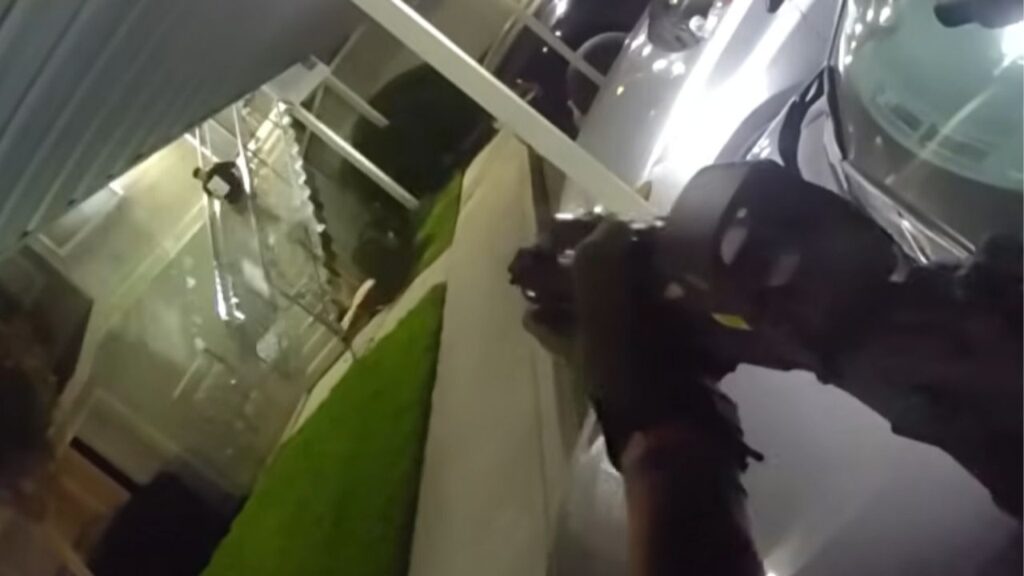California faces a chronic budget deficit that requires tough choices between cutting services, borrowing money, or raising taxes. (AP File)

- The state budget has a $20 billion gap between revenues and proposed spending for the year.
- California's spending has risen 9% annually while revenues increased just 6% since 2019.
- Democrats must decide whether to cut services, raise taxes, or continue short-term fixes.
Share
This commentary was originally published by CalMatters. Sign up for their newsletters.
The California Legislature has just a few days to pass a 2025-26 state budget to meet the state constitution’s June 15 deadline.
The deadline will be met, if for no other reason than legislators would, at least theoretically, have their salaries suspended were they to miss it.
However, the budget they enact may bear only a passing resemblance to what will eventually, perhaps many months later, become a complete fiscal plan.
The Numbers Don’t Add Up
The revised budget that Gov. Gavin Newsom proposed a month ago projects that general fund tax revenues for the year would be about $20 billion short of covering the spending that he has proposed — and that’s after counting the billions of dollars in reductions, primarily in health care and other services for the poor, he’s asked the Legislature to swallow.
Newsom would roll back expansions that he and legislators happily enacted when they erroneously believed the state had a huge surplus. Newsom now says the cuts are necessary to balance the budget — although it would still have, by his own numbers, the $20 billion gap between income and outgo that he would cover with temporary fixes, such as on- and off-the-books borrowing, tapping emergency reserves and accounting gimmicks. He plans to tap $7.1 billion from the budget rainy day fund, bringing the shortage closer to $12 billion.
So that’s the dilemma. Newsom and legislators are getting very heavy pressure from advocates for the endangered services, such as Medi-Cal coverage for undocumented immigrants, to back off. However, restoring them in the budget would cost about $10 billion, thus increasing the state’s chronic deficit and requiring either reductions in other spending categories or more short-term patches.
The dilemma’s large amounts of money, uncertainty about the effects of President Donald Trump’s tariffs and proposed federal spending reductions — and ideological divisions among Capitol Democrats over what to do — all point to the passage of a paper budget to meet the constitutional deadline while debate and negotiations continue indefinitely.
A Growing Financial Gap
Underlining the situation is an acknowledgement by the administration, backed up by the Legislature’s budget analyst, Gabe Petek, that the hole in the budget is what’s called a “structural deficit,” meaning that spending now on the books is $10 to $20 billion a year higher than expected revenues.
Petek’s office has calculated that since Newsom became governor in 2019, spending has risen by an average of 9% a year while revenues have increased by just 6% a year, and if the gap continues, the state’s debt from borrowing could reach $42 billion within a few years.
The bottom line of all these numbers is that no matter what they do on this budget, it will continue to leak red ink until there is a day of reckoning.
The Tax Option Emerges
There is another way out of the conundrum if the Capitol’s politicians want to take it — raise taxes.
Labor unions, advocates of health care and social programs and the most left-leaning members of the Legislature want to do it. Various taxation schemes are floating around the Capitol, mostly suggesting raising taxes on corporations to avoid directly taxing voters.
In its recent review of the state’s budget situation, Petek’s office raises the tax increase alternative, saying it “ultimately is a difficult judgment call for the Legislature” with political consequences as well as financial ones.
Newsom — who’s clearly looking ahead to what he’ll do after his governorship ends 19 months hence — has repeatedly rejected tax increases, preferring to get through each year with short-term fixes.
Moreover, increasing corporate taxes would amplify the state’s image as having an extraordinarily difficult and expensive business climate.
Will Democrats, who have complete control over the state finances, bite the bullet by either rolling back spending or increasing taxes, or will they, as former Gov. Arnold Schwarzenegger was fond of saying, merely “kick the can down the road?”
This article was originally published on CalMatters and was republished under the Creative Commons Attribution-NonCommercial-NoDerivatives license.
Make Your Voice Heard
GV Wire encourages vigorous debate from people and organizations on local, state, and national issues. Submit your op-ed to bmcewen@gvwire.com for consideration.







